The presence of toxic and flammable gases in workplaces is an often underestimated risk. These invisible and potentially lethal substances can cause serious harm to human health and plant safety if not detected and managed properly. Understanding the nature of these risks and taking effective preventive measures is critical to protecting workers, assets and production processes.
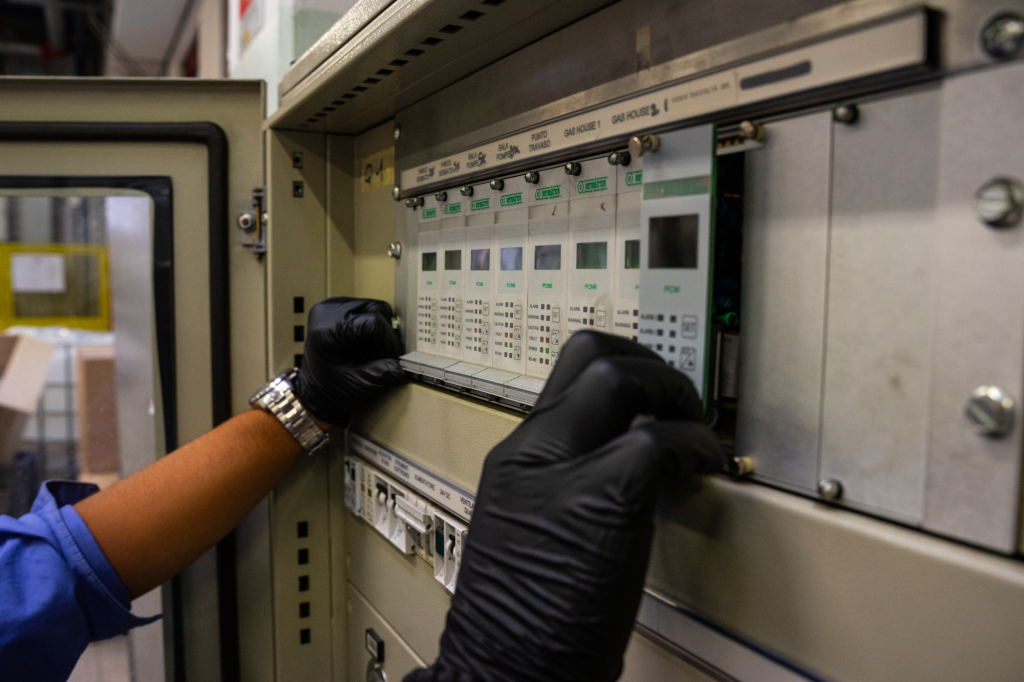
Toxic and flammable gases: where they are found
Hazardous gases may be present in numerous industrial, civil, and infrastructure settings:
- Chemical and petrochemical industries: ammonia, chlorine, hydrogen sulfide, volatile organic solvents.
- Water and waste treatment: biogas, methane, hydrogen sulfide.
- Laboratories and health care facilities: ethylene oxide, formaldehyde, volatile anesthetics.
- Energy production and storage sites: hydrogen, LPG, natural gas.
More common facilities such as thermal power plants, industrial kitchens or underground garages can also pose a hazard if flammable gases such as methane or propane leak.
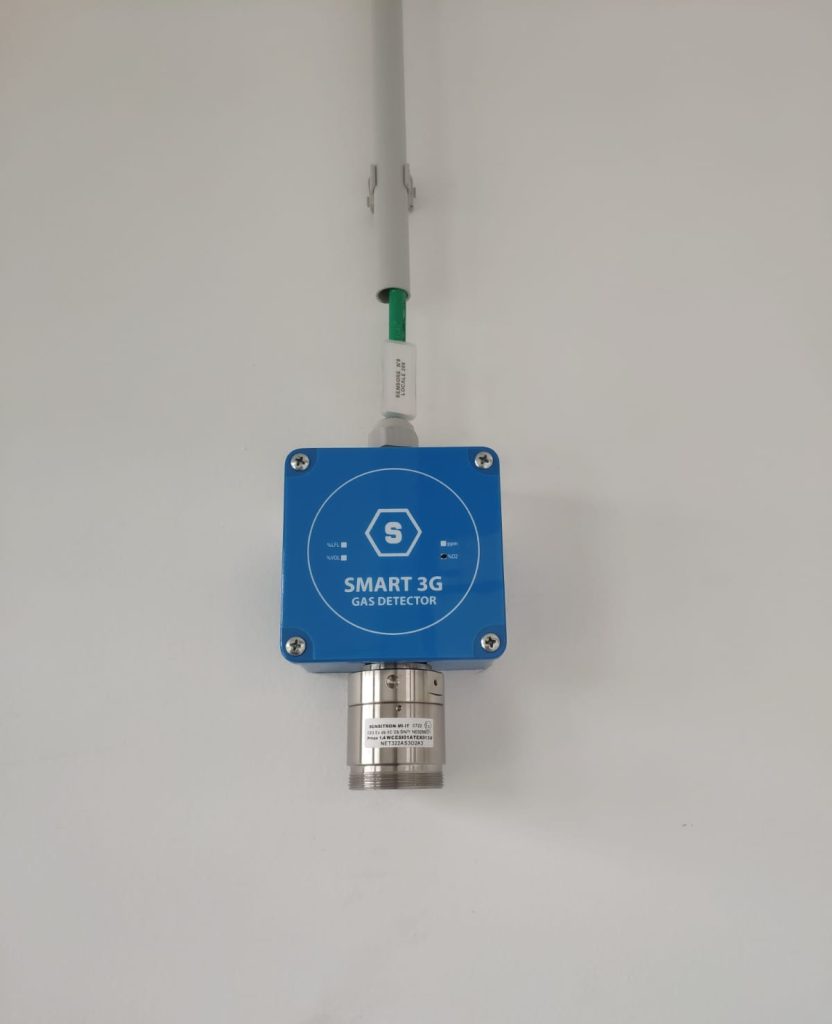
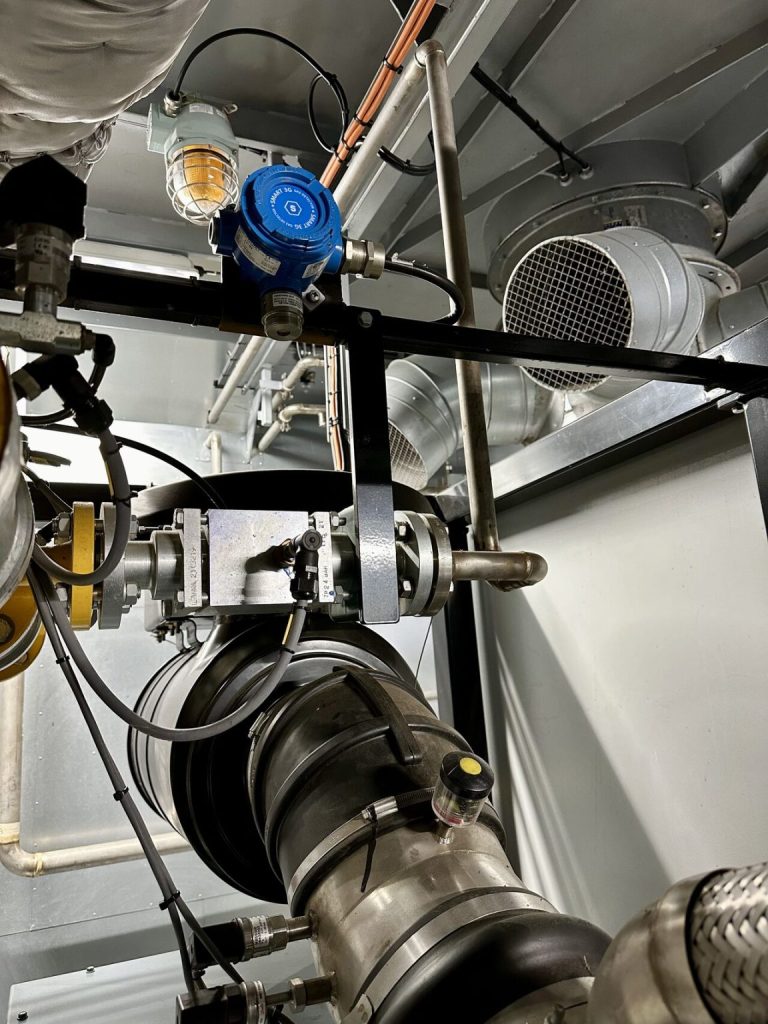
Health and safety hazards
Toxic gases act on the body at even very low concentrations. They can have irritant, narcotic or systemic effects, with irreversible damage to internal organs. In some cases, exposure may be acute (e.g., accidental inhalation of chlorine), in others chronic (e.g., prolonged exposure to solvent vapors).
Flammable gases, on the other hand, pose a risk of explosion or fire, especially in enclosed or poorly ventilated environments. Ignition can result from electrical sparks, mechanical friction or simply from heat sources. The consequences, in these cases, can be devastating to both people and structures.
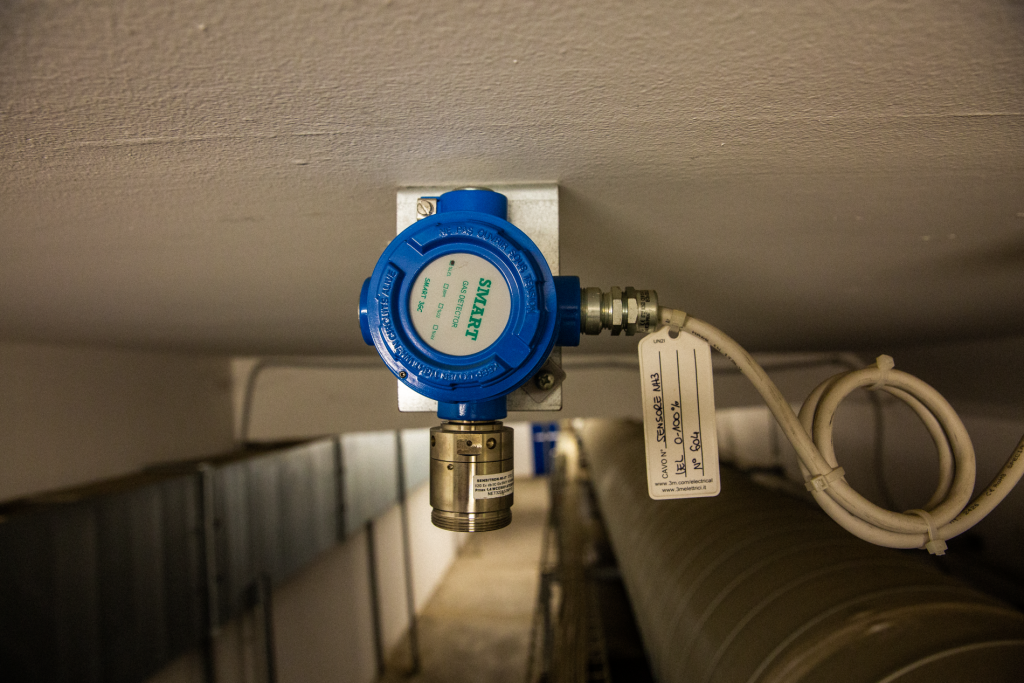
Toxic and flammable gases: which technologies to use
The choice of detection technology depends on the type of gas and the characteristics of the environment in which the sensor is to be installed.
- Flammable gases: the most common detectors use catalytic or infrared technologies. Catalytic sensors measure the oxidation of gas on a heated element and are ideal for well-ventilated environments. IR sensors, on the other hand, measure the absorption of infrared light by gas molecules-they are better suited to corrosive environments or those subject to high humidity, and offer greater stability over time, with no need for oxygen to operate.
- Toxic gases: these are detected using electrochemical cells, which can selectively react with specific gases, producing an electrical signal proportional to the concentration. This technology enables accurate detection even at low concentrations, making it ideal for environments where workers’ health may be compromised by even small leaks.
The importance of gas detection
Installing a gas detection system is the most effective measure to prevent accidents. A well-designed system makes it possible to:
- Detect the presence of toxic or flammable gases early.
- Trigger audible and visual alarms to evacuate personnel.
- Trigger automatic safety systems, such as forced ventilation or shutoff valves.

Why rely on Sensitron
In addition to human safety, detecting hazardous gas emissions in a timely manner helps avoid plant downtime, machinery damage and production interruptions. In an industrial environment increasingly focused on efficiency and sustainability, investing in reliable gas detection solutions is a strategic choice.
Discover our produtcs
Sensitron gas detectors are suitable for use in any application:

SMART 3G D2
Suitable for detecting flammable substances, toxic gases, refrigerants and oxygen in classified areas.ATEX, IECEx and SIL2/3 certified.
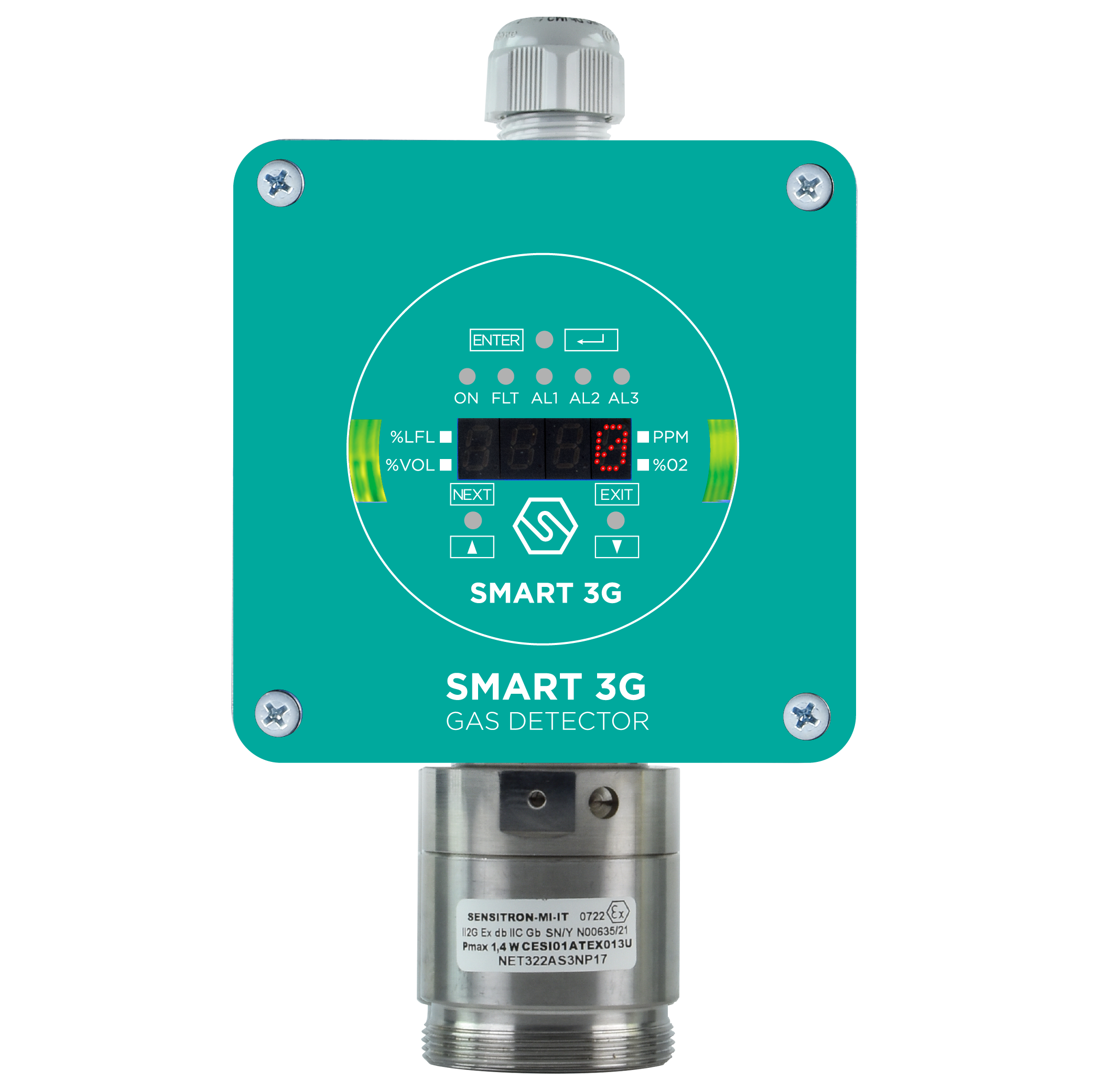
SMART 3G D3
Suitable for detecting in classified areas,ATEX, IECEx and SIL2/3 certified, enables non-intrusive field calibration.
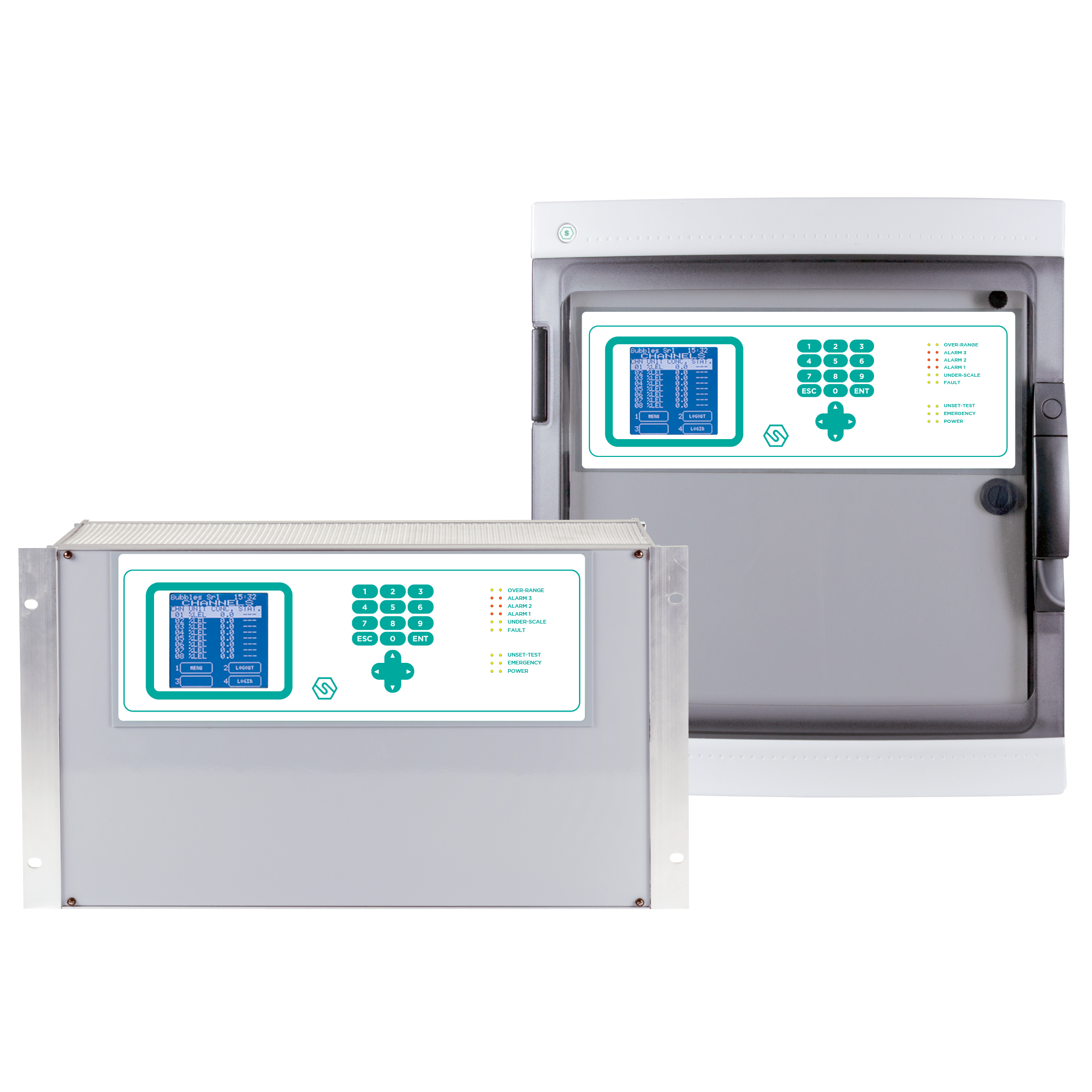
MULTISCAN++ S1/S2
Designed to meet the widest market demand for flexibility, they allow the management of up to 264 detectors. ATEX and SIL certified.
Our certifications
Within hazardous environments where strict safety standards must be met, it is important to use products that are certified and in line with regulations. Learn about our certifications:
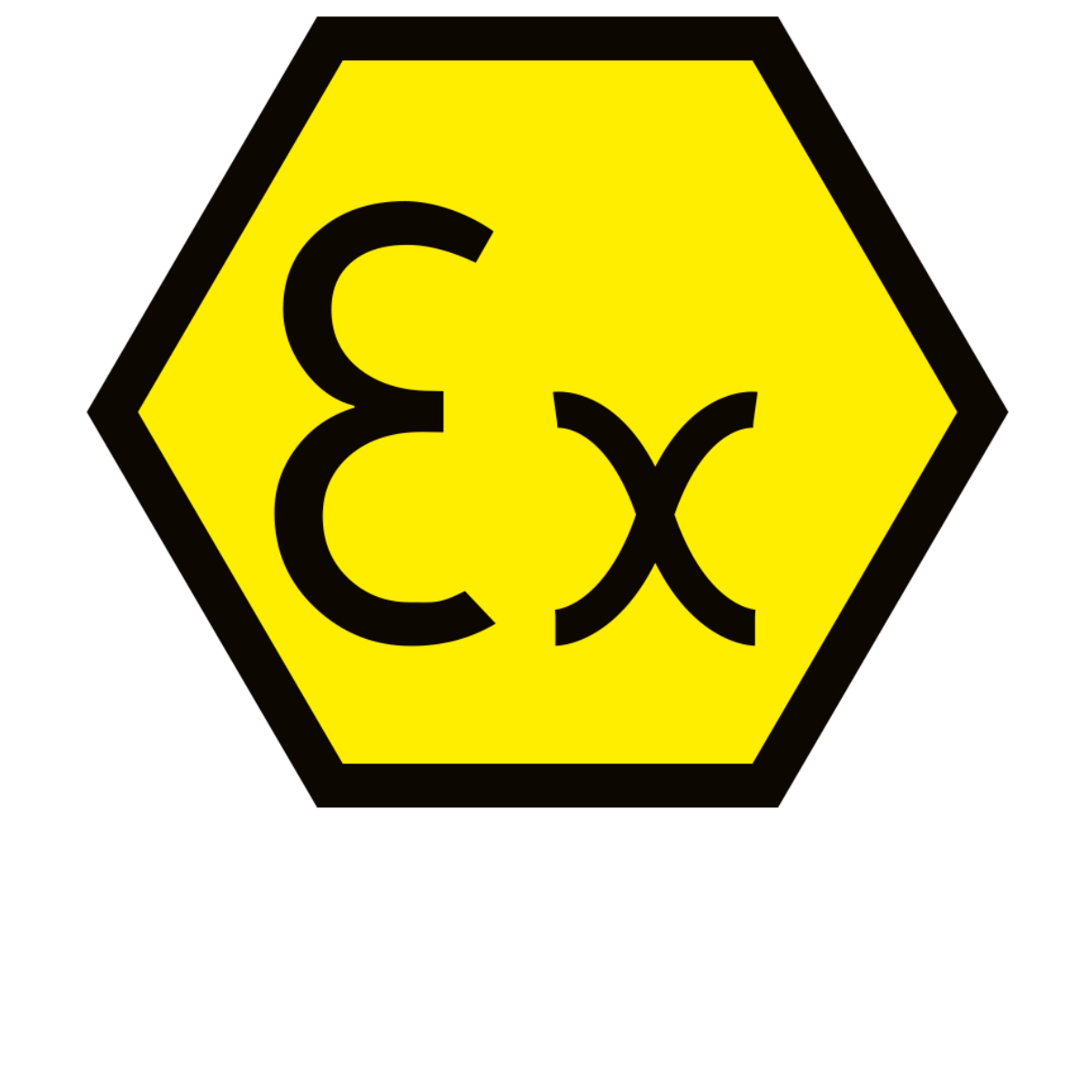
ATEX
The Directive sets out the requirements and assessment of equipment intended for use in potentially explosive atmospheres.
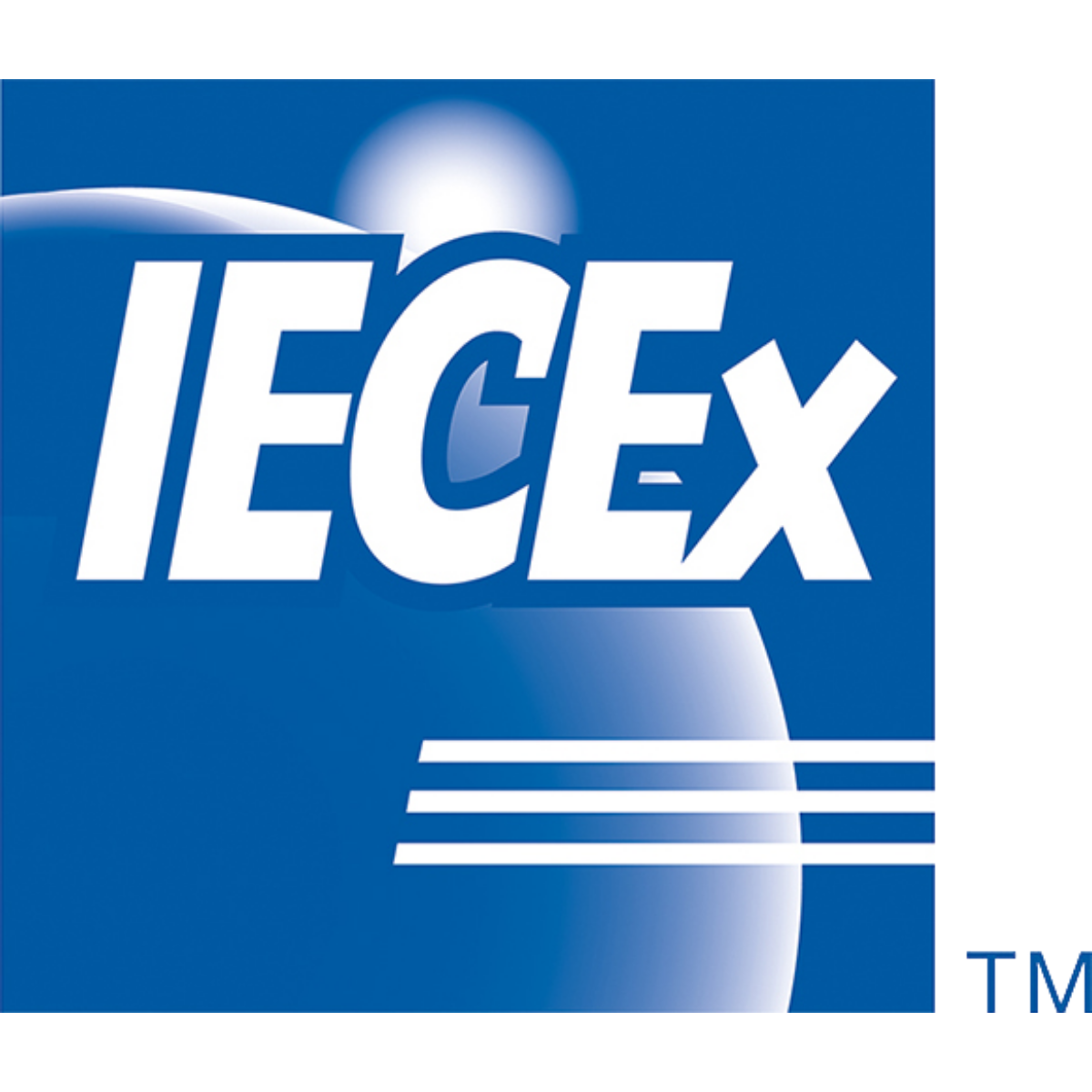
IECEx
The IECEx system is an international certification system. It is developed by the International Electrotechnical Commission.
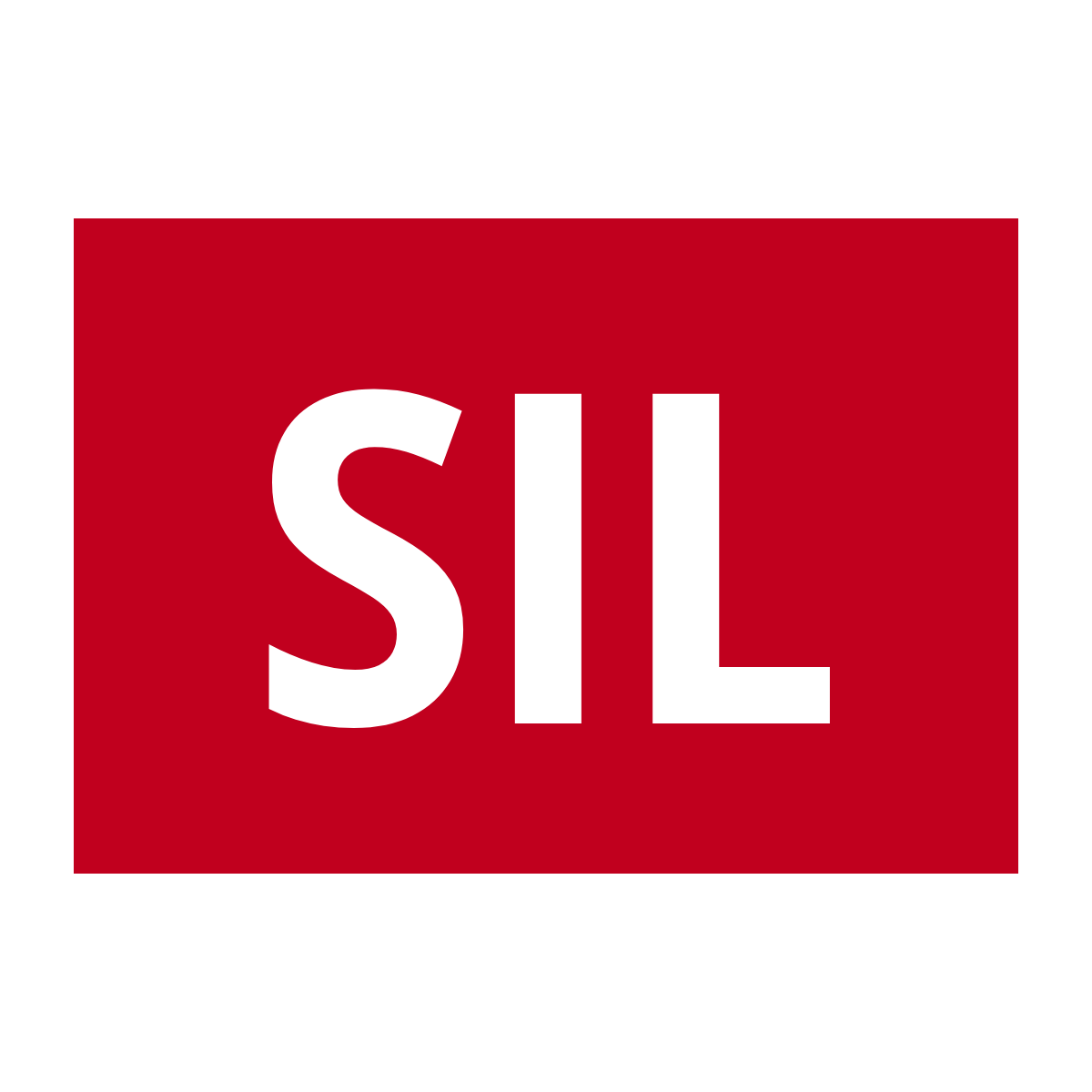
SIL
The Safety Integrity Level (SIL) is the ability to reduce the assessed risk by ensuring the reliability of safety systems.


